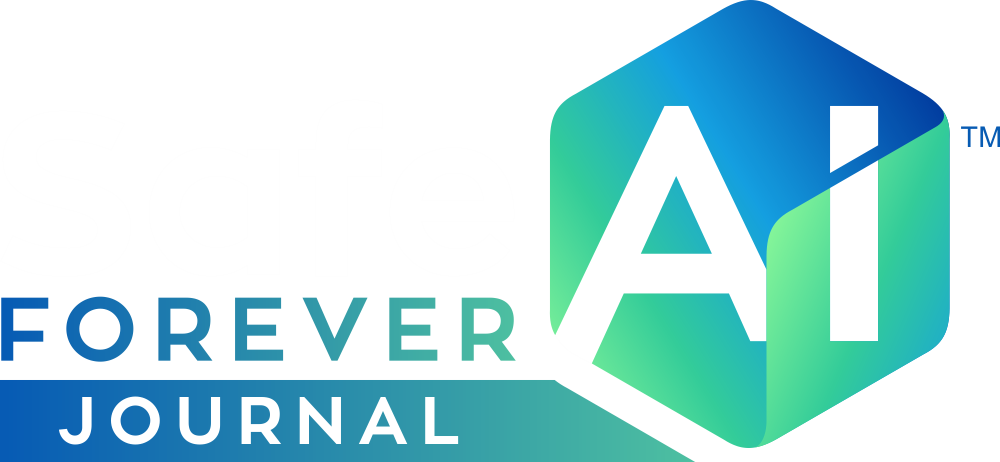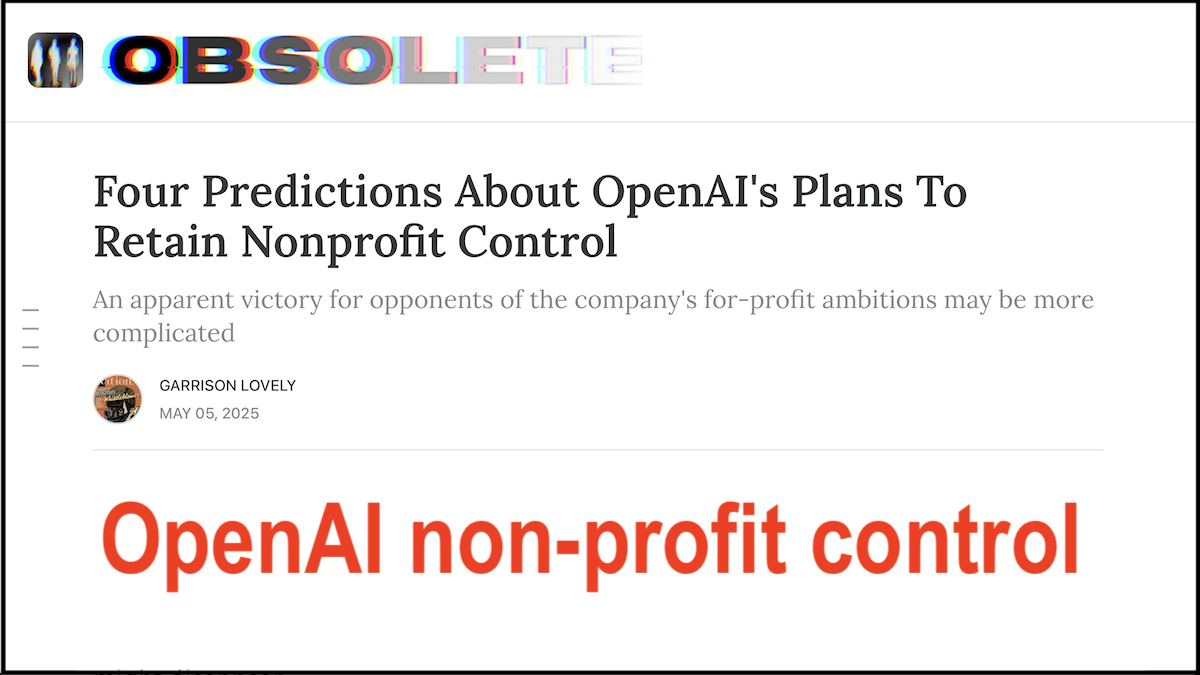Four Predictions About OpenAI’s Plans To Retain Nonprofit Control
An apparent victory for opponents of the company’s for-profit ambitions may be more complicated
GARRISON LOVELY
MAY 05, 2025
After months of controversy and litigation, OpenAI just announced that it will keep its nonprofit in control of the company — while hinting that caps on investor profits might disappear. At a glance, this appears to be a significant reversal from the company’s previous plan to shed nonprofit control over the for-profit entity, an effort that faced major opposition from parties including Elon Musk, civil society leaders, former employees, and legal scholars. “OpenAI was founded as a nonprofit, and is today overseen and controlled by that nonprofit. Going forward, it will continue to be overseen and controlled by that nonprofit,” Bret Taylor, chair of the nonprofit’s board, wrote in a blog post today. The announcement followed discussions with the attorneys general (AGs) of California and Delaware, who oversee charitable organizations in their states and have been scrutinizing the proposed restructuring — which either of them could have blocked. But what does “control” actually mean in this context? And will the profit caps — which would have sent OpenAI’s profits to the nonprofit once investors received returns of up to 100-times their investment — remain in place? And does OpenAI now owe investors $26.6 billion, plus interest? The company reportedly gave investors in its last two fundraising rounds the ability to claw back tens of billions of dollars, if it didn’t shed its nonprofit controls by certain deadlines. The status of these provisions didn’t appear to be explicitly addressed by OpenA
Four predictions
Based on my past reporting and reading between the lines of the announcement, here’s what I expect to happen:
- The profit caps will be gone, replaced with a “normal capital structure where everyone has stock” — and that stock entitles you to uncapped future profits.
- OpenAI won’t have to pay back the $26.6 billion to investors because they’ve signed off on this change in return for the profit caps being eliminated.
- The nonprofit will be compensated tens of billions by the for-profit entity for the removal of the caps.
- The nonprofit will largely use that money to buy OpenAI services for nonprofits and governments, targeting constituencies that can make life difficult for the company (like California nonprofits).
As Altman wrote in the letter, the nonprofit “will become a big shareholder in the [new public benefit corporation for-profit entity], in an amount supported by independent financial advisors, giving the nonprofit resources to support programs so AI can benefit many different communities.”


